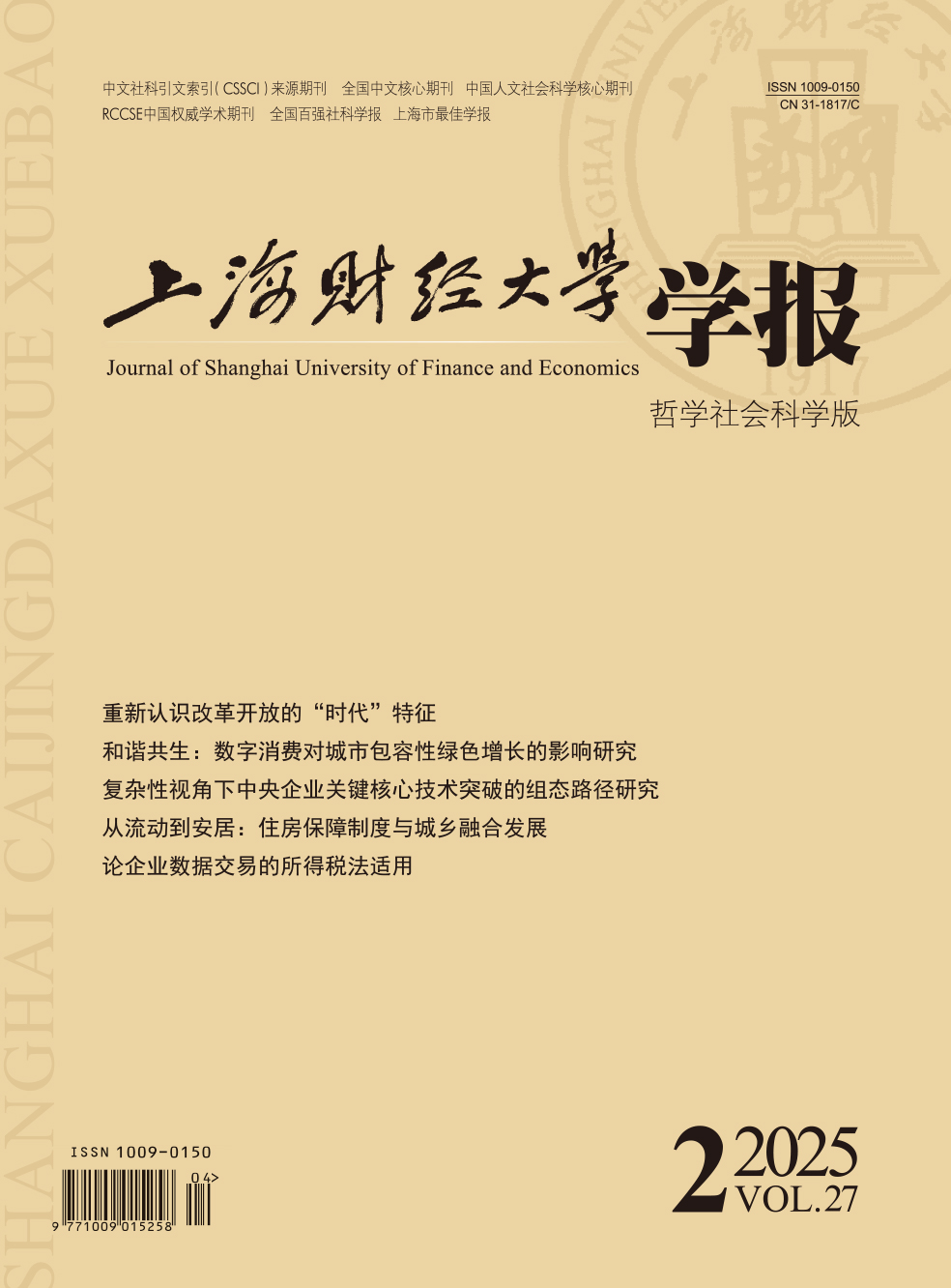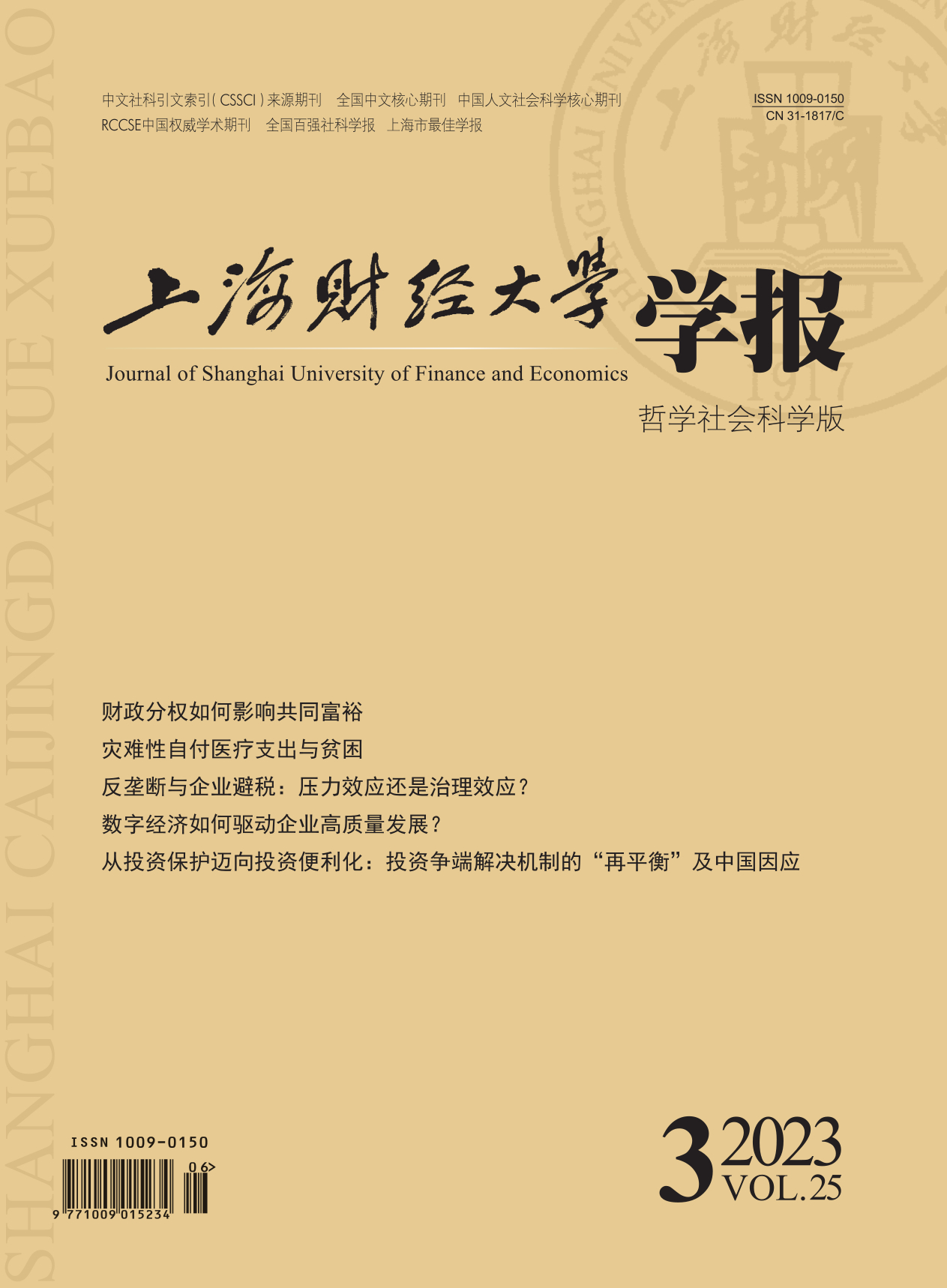Out-of-pocket (OOP) payments for health can become disastrous over time and have an impact on individual health equity and well-being. Catastrophic out-of-pocket payments for health due to high out-of-pocket health expenditures are an important cause of poverty and a major threat to poverty reduction in developing countries. Under the background of implementing the national strategy of Healthy China, it is of great theoretical and practical value to study the poverty effect of catastrophic out-of-pocket payments for health. Based on the data of Chinese Family Panel Studies (CFPS), firstly, this paper assesses the incidence and intensity of catastrophic out-of-pocket payments for health and its impacts on poverty status. Furthermore, it examines the determinants of catastrophic expenditures and analyzes the pro-poor characteristic of OOP in the healthcare financing system. Finally, it calculates average exit time from catastrophic out-of-pocket payments for health. When using the relative poverty line, OOP increases the poverty rate by 6%. Variables such as health status of family members and economic status of household affect the probability of catastrophic out-of-pocket payments for health. As the time goes, out-of-pocket payments for healthcare financing is more unfair for poor. using socioeconomic inequality indicators leads to small changes in the exit time; while using pure inequality indicators leads to large reductions in the exit time. In the sample of urban and rural subgroups, under the same threshold value, the incidence and intensity of catastrophic out-of-pocket payments for health in rural areas are greater than those in urban areas, no matter from the perspective of total consumption or non-food consumption. When OOP is removed from household consumption expenditures, rural poverty rates increase more than urban ones. OOP health financing in urban and rural areas has changed from pro-poor to pro-rich over time, especially in urban areas. The average exit time for catastrophic out-of-pocket payments for health is longer in rural areas than in urban areas. In the sample of medical insurance subgroups, the poorest households under the new rural cooperative medical insurance suffer more catastrophic out-of-pocket payments for health than the poorest households under other types of medical insurance. The out-of-pocket payments for health under the new rural cooperative medical insurance cause the highest increase in the poverty rate, while the out-of-pocket payments for health under the urban employee medical insurance cause the least increase in the poverty rate. The OOP concentration curve in 2018 is higher than the household consumption curve for each type of health insurance (Lorentz curve). OOP health financing is regressive in all types of medical insurance, and OOP is pro-rich. It has the longest poverty exit time for catastrophic out-of-pocket payments for health under the new rural cooperative medical insurance.
 / Journals / Journal of Shanghai University of Finance and Economics
/ Journals / Journal of Shanghai University of Finance and EconomicsJournal of Shanghai University of Finance and Economics
LiuYuanchun, Editor-in-Chief
ZhengChunrong, Vice Executive Editor-in-Chief
GuoChanglin YanJinqiang WangWenbin WuWenfang, Vice Editor-in-Chief
Catastrophic Out-of-pocket Payments for Health and Poverty: Micro Evidence from China
Journal of Shanghai University of Finance and Economics Vol. 25, Issue 03, pp. 47 - 63,107 (2023) DOI:10.16538/j.cnki.jsufe.2023.03.004
Summary
References
Summary
Cite this article
Xie. Catastrophic Out-of-pocket Payments for Health and Poverty: Micro Evidence from China[J]. Journal of Shanghai University of Finance and Economics, 2023, 25(3): 47-63.
Export Citations as:
For
ISSUE COVER
RELATED ARTICLES




 4853
4853  3670
3670

